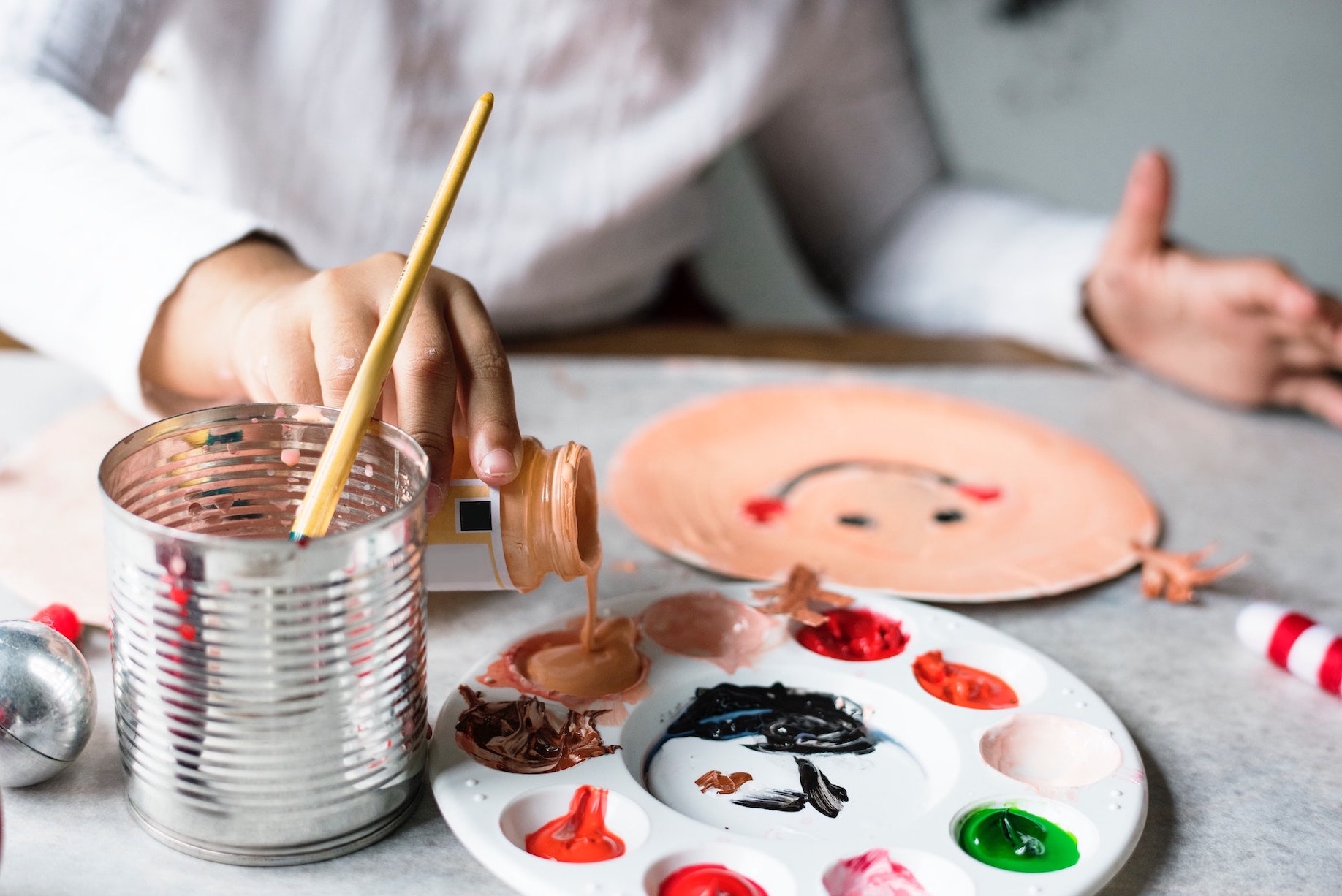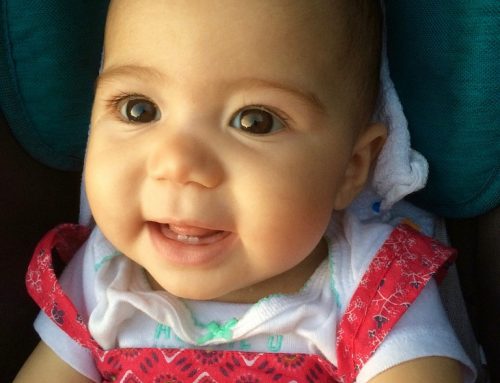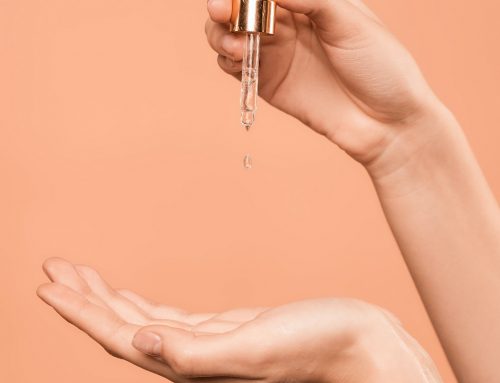Renowned painter MF Hussein encouraged young children to colour on the walls in his house. He believed that creativity in children should be encouraged, not stifled.
While I agree with his philosophy, I tweaked it a bit and swapped my living room walls for large sheets of paper. From early on, I would cover my floor with newspaper, strip my kids down to their innerwear and stand back as they gave life to their imagination. It didn’t matter if the ‘cat’ my son K drew looked more like a mutated fish or that there was more paint on my daughter L than on the paper. Over time, my refrigerator was covered with creations that reflected their childhood memories.
Colouring with your children is a fun bonding activity that also does wonders for their mental and physical development.
Colouring & painting with babies: Start them young, watch them glow
Researchers claim that a newborn baby can only see the shade of black, grey and white in the first few months. After three months, they slowly start colour recognition. Once they hit six months, their eyesight is developed to see the world in all it’s bright, colourful glory.
As parents, we can fill our baby’s world with colours. When their clothes, toys, walls, even bedsheets burst with vibrant hues, it not just appeals to our aesthetics but also stimulates baby’s learning and sensory development.
When your baby is ready for his first colouring lesson, start with simple homemade colours. Then progress to age-appropriate materials as they get older.
The benefits of colouring
Painting is a joyous activity. It also has many benefits for the babies:
- Improves motor skills: Using hands makes hand muscles stronger
- Improves concentration: A child learns to focus on one task
- Prepares them for writing skills: Prepares a child to pick up the pencil and write when the times comes to learn writing
- Stimulates creative juices: There is no better reason than this one
Colouring/painting by age:
A step by step guide to introduce your child to the world of colours
1. Age 6 to 18 months
It is the grab-and-eat age. Whatever your baby touches, gets tasted. So one needs to supply edible, non-toxic baby-friendly paints.
There are many edible, homemade paint recipes online, created by innovative mothers. Make a batch, place in tiny containers next to large sheets of paper and watch your baby go nuts.
At first, you will have to guide them on how to glide the paint on the paper, but they will pick it up quickly. Yes, it will be messy. There will be paint everywhere and yes, you’ll occasionally cringe. So keep cleaning supplies ready for later.
Our favourite homemade edible paint recipe:
- Mix a quarter cup of atta/flour with a few drops of food colouring
- Beetroot, spinach, pomegranate, turmeric and other colour staining foods can be used to make colours.
- Add water to thin out the paste; whisk to get the right consistency
- Add a teaspoon of vegetable oil for a glossy look.
2. Age 18 to 36 months
You can continue with the finger paints. Or slip large-size crayons, washable sketch pens or thick colour pencils in your toddler’s hands and let the magic unfold. At this age, your child’s grip is still underdeveloped, so he or she will use the whole hand to hold the colours, creating broad strokes across the paper/canvas. Introduce your child to shapes, colours, and animals through colouring books. As they colour, you can name the object. It’s a fun way to learn.
3. Age 3 to 6 years
By now, their grip is firm, they are able to hold a pencil properly and can draw crooked shapes. A whole new world of creativity/possibilities opens up. If you’re confident, you can present your little one with their first set of water-colours. If not you can continue with colour pencils and crayons. At this age, children can follow instructions and paint as asked. But also, allow them to experiment with colours and textures. If your child wants to paint an apple with all the colours of the rainbow, so be it.
4. Age 6+
By now, they can be trusted to paint independently, while you sip coffee and read a book. If your child shows interest, you can start formal training. Look out for age-appropriate art classes in your neighbourhood. Here, children can pick up tips and techniques that will foster their creativity.
Fun ways for kids to colour
Let them paint the walls (as Hussein said). Following are some easy ways for the kids to have unbridled joy with colours and paints:
- Opt for washable colours that easily wipe off with a damp cloth
- Have a designated wall with a large whiteboard or sheet of paper for their colouring pleasure
- Sing songs about colours when painting
- Get colouring books with your child’s favourite animals, fruits, cartoon characters or whatever image floats his or her boat
- Painting Party: Get messy with your child, and your little one will happily follow your lead
- Get an apron for your baby if you are worried about the paint of clothes
Conclusion
There is no greater joy than watching children’s eyes light up when they are in the middle of colouring activity. What’s more, this fun, relaxing habit can continue all the way into adulthood.







Leave A Comment